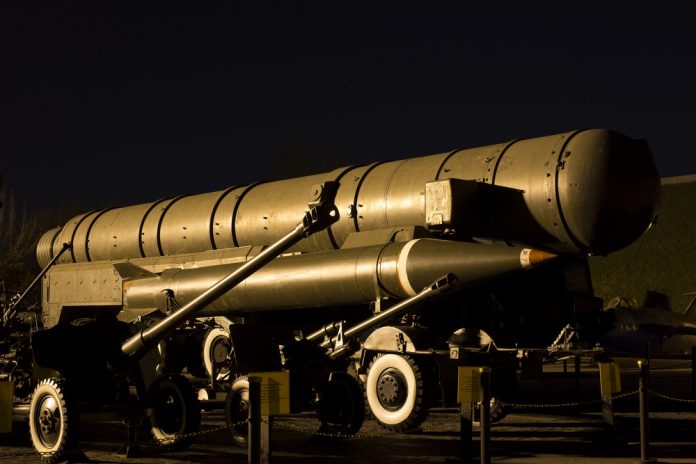
A Pentagon official watched in dismay as the live feeds from Israel showed interceptor after interceptor curving upwards, each a million-dollar solution to a thousand-dollar problem. The United States, for the first time, had sent two of its seven Terminal High Altitude Area Defense (THAAD) systems into Israel, and within 12 days, almost a quarter of America’s entire THAAD interceptor arsenal was depleted.
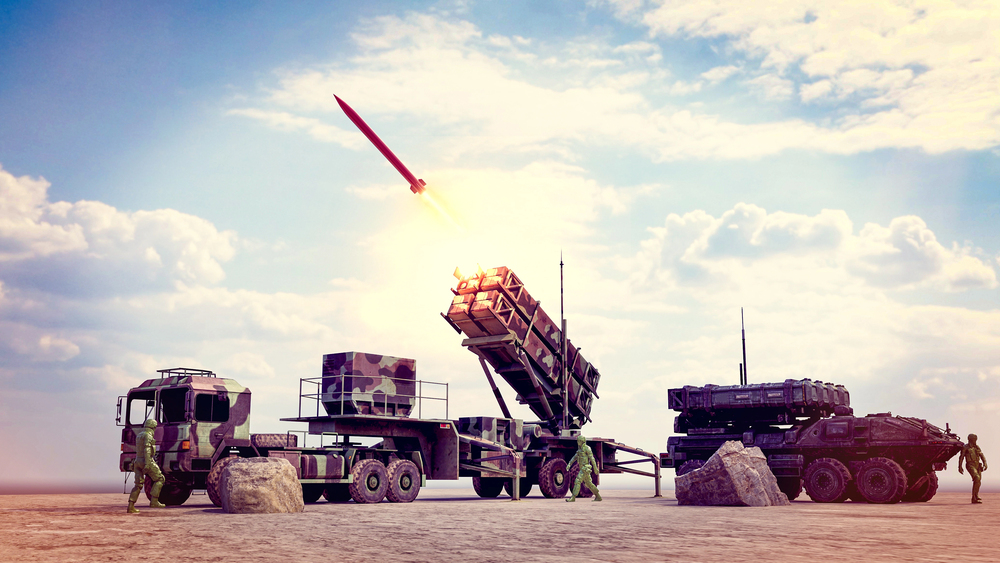
1. THAAD Stock Under Stress: An Expensive Defense
The figures are stark: more than 150 THAAD interceptors were launched in fewer than two weeks, and they account for approximately 25% of all stock ever bought by the U.S. military. With a mere seven effective THAAD batteries two now deployed in Israel, two in Guam and South Korea, one in Saudi Arabia, and two remaining in the United States the Pentagon’s capacity to react to concurrent crises is highly strained. Each THAAD battery of six to nine launch vehicles holds as many as 48 interceptors and must be manned around the clock by some 100 soldiers. Replacing spent interceptors is going to cost more than $2 billion and take longer than a year, defense analysts at the Center for Strategic and International Studies calculated after the war uncovered a stunning shortage in U.S. supplies.
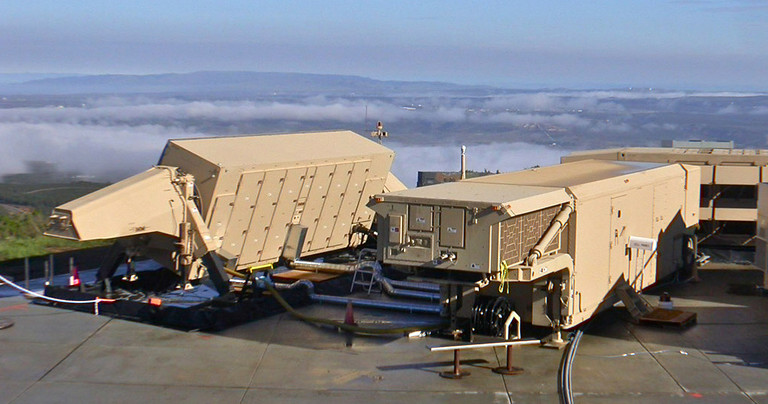
2. THAAD Technical Backbone: Radar and Kill Vehicle Engineering
THAAD’s success depends upon its advanced AN/TPY-2 X-band radar, which can guide targets at a distance of 3,000 kilometers. The system’s single-stage solid-propellant booster propels a kinetic kill vehicle with a gimbaled infrared seeker, which will engage endo- and exo-atmospheric threats. The kill vehicle uses hydrazine divert thrusters for precise terminal maneuvering, a design that has delivered a 100% success rate in intercept tests since production began THAAD system has maintained a 100% success rate. Each interceptor, however, comes at a steep price recent estimates place the unit cost at $13–$18 million, not including research and development expenses.
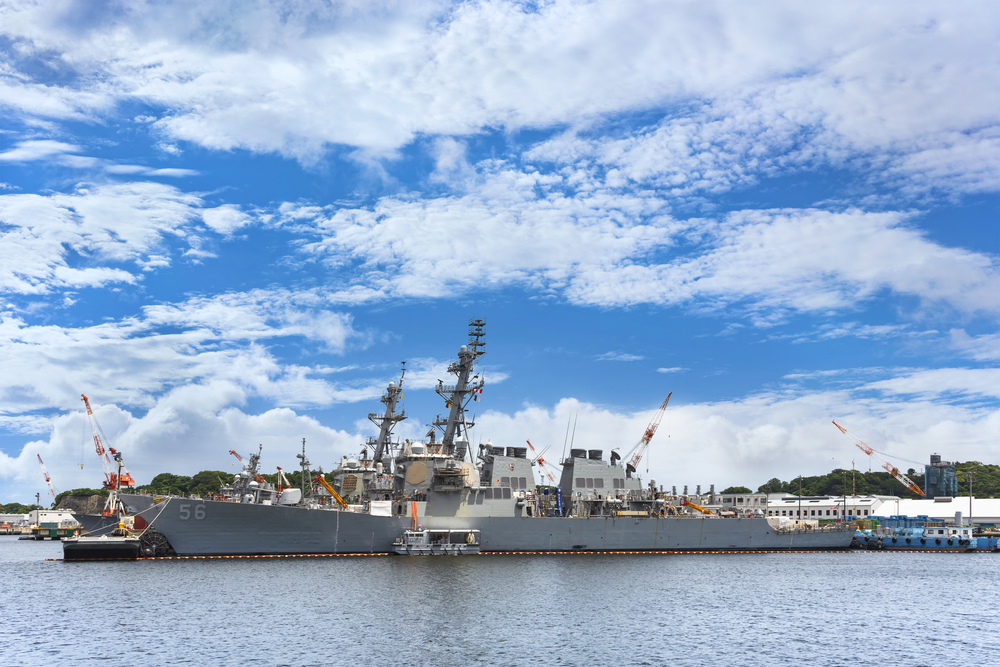
3. U.S. Navy Missile Defenses: Reloading Limitations and Operational Strain
With the intensification of the missile salvos, the United States Navy deployed seven Arleigh Burke-class destroyers to the theater, each equipped with a combination of SM-2, SM-3, and SM-6 interceptors. During the 12-day war, approximately 80 SM-3s were fired, with a cost between $8 million and $25 million per firing. But once a destroyer’s VLS was exhausted, it was confronted with the stark limitation that there is no safe, dependable way to refuel these 30-foot-long containers in the middle of the ocean. It had to pull back to port, a process made difficult by stormy seas and the threat of enemy attack.

Recent Navy trials of the Transferable Reload At-Sea Method (TRAM) have been promising, with demonstrated at-sea reloads off the U.S. coast in 2025, though operational deployment of this capability is still decades away. The Navy is getting closer to reloading warships in the open sea.
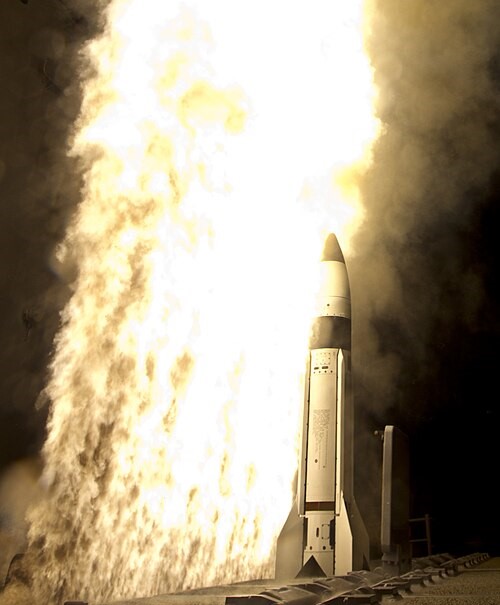
4. The SM-3 Interceptor: Guidance, Performance, and Combat Lessons
The SM-3 missile, the backbone of Aegis Ballistic Missile Defense, has a GPS-aided inertial guidance system and a Lightweight Exo-Atmospheric Projectile (LEAP) kinetic kill vehicle propelled by a two-color infrared seeker. The Block IB and IIA versions provide increased maneuverability and threat discrimination, but battle data during the Israel conflict proved that some of the threats penetrated the defense even after multiple intercept attempts. Navy personnel remarked that in the confusion of combat, deconfliction was difficult, with several ships at times targeting the same target because of voice communication constraints and the crowded radar picture sailors presumably had difficulty deconflicting.
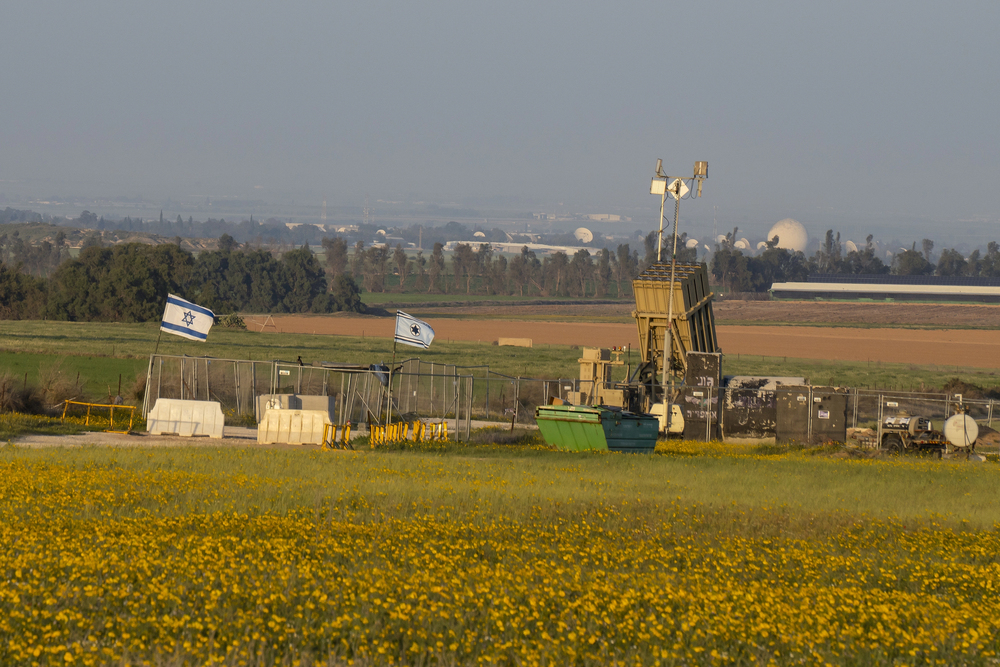
5. Multi-Layered Defenses: Iron Dome, Arrow, and the Challenge of Saturation
Israel’s air defense is based on a multi-layered system: Iron Dome for short-range, David’s Sling for medium, and Arrow 2/3 for high-altitude ballistic missiles. During the Iranian bombardment, these systems supported by U.S. THAAD and Patriot batteries were strained to their limits. Iron Dome’s Tamir interceptors, priced at around $50,000 each, and Arrow 3’s exo-atmospheric interceptors, with Mach 9 speeds, were both highly used. Even with an allegedly 86–90% rate of interception, scores of missiles breached the shield, and at least one hit central Tel Aviv while others hit military complexes. Iron Dome, along with Israel’s entire air defense systems, was tested to its limits.

6. Coordination and Command: The Human Factor in Missile Defense
The size and sophistication of the Iranian assault more than 200 ballistic missiles and 100 drones fired in synchronized waves produced a “dense raid environment” that was as much a challenge to the hardware as it was to the operators’ skill at sorting out warheads, decoys, and debris. As per Tri Freed, head engineer of Johns Hopkins Applied Physics Laboratory, “Successful lethal object kills in crowded raid environments become much more complex with an increased number of ballistic missiles.” The war fog, coupled with pressures of speedy decision-making and the flaws of voice coordination, led to operational success and failure.
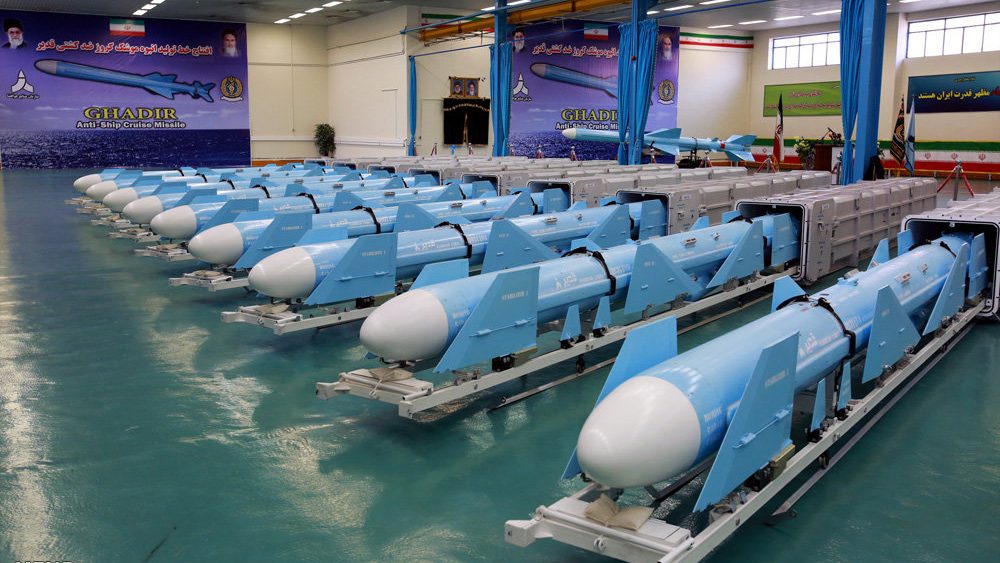
7. Strategic Implications: Readiness, Production, and Future Threats
The conflict in Israel has unveiled a vital weakness in U.S. missile defense policy: existing inventories and production levels are not sufficient for extended, high-scale conflicts. With Lockheed Martin producing somewhere around 100 THAAD interceptors a year, and likewise with SM-series and Patriot missiles, stock replenishment will be a slow and expensive exercise. The Pentagon has already begun to talk about redirecting interceptors from other countries, including Saudi Arabia, highlighting the international scope of the missile supply shortage. Meanwhile, Iran’s adversaries, including Iran, have stockpiles of more than 3,000 ballistic missiles, and China’s expanding arsenal can easily overwhelm current defenses in a future war. Iran has a stockpile of around 3,000 ballistic missiles.
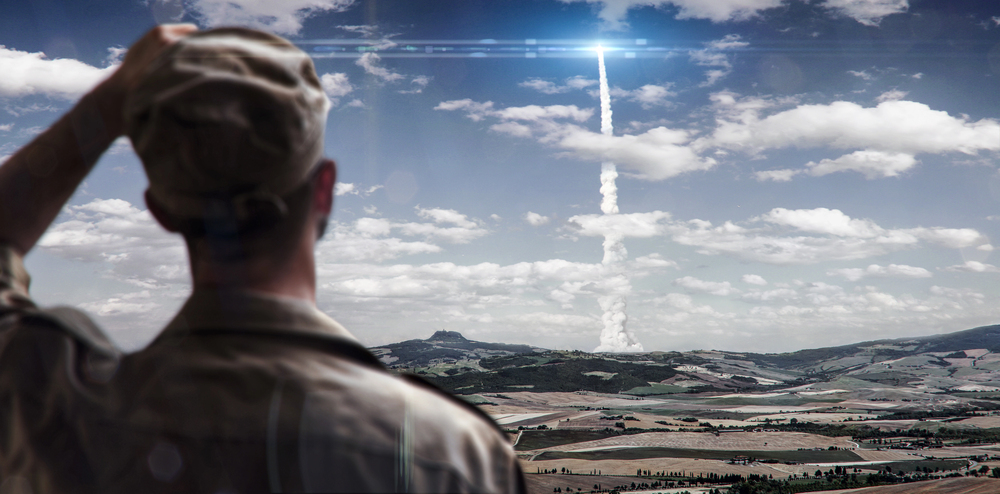
The June 2025 Israeli missile crisis was not only a test of technology but an exercise in warning shots for the future of missile defense. With the Pentagon counting the cost and lessons learned, the pressure to innovate, coordinate, and speed up production has never been higher.
